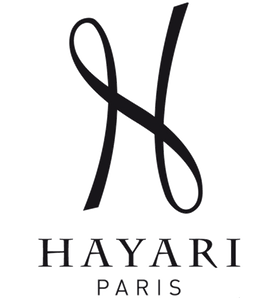The Gentleman's Guide to Formal Attire
For the modern man, navigating the nuances of formal wear can be a sartorial minefield. While a well-tailored suit is a staple, occasions often call for something more specific, leading to the classic dilemma: Do you opt for a tuxedo, a morning coat, or a three-piece suit? Every one of them has its own specificities, guidelines, and suitable locations. Understanding their distinctions is key to making a truly distinguished statement.
The Tuxedo: King of Evening Elegance
When "black tie" is specified, there's only one true answer: the tuxedo, or "smoking jacket". This isn't just a suit; it's a specific form of evening dress reserved for formal events typically held after 6 PM. Satin-covered buttons, satin lapels (shawl or peak collar), and a matching satin stripe along the pants' outseam are some of its distinguishing features. The accompanying shirt is usually a white pleated dress shirt with French cuffs, worn with cufflinks and studs, and always topped with a black bow tie.
The tuxedo exudes an unparalleled sophistication.
It's the go-to for galas, formal weddings, especially evening receptions ; upscale dinners, and awards ceremonies. Its sleek, minimalist design is meant to make you look effortlessly sharp in artificial light. While classic black is timeless, midnight blue tuxedos have gained popularity for their richness. Never wear a regular long tie with a tuxedo, and avoid belts; braces are the correct choice. The tuxedo is about understated luxury and adherence to a strict, elegant dress code.
The Morning Coat: Daytime's Ultimate Formality
Shifting from evening glamour to daytime grandeur, we find the morning coat. This is the pinnacle of formal daytime attire, strictly for events before 6 PM, or before dusk. Think royal ascots, state occasions, highly traditional weddings (especially those with a strong church element), and formal garden parties. The morning coat is instantly recognizable by its unique cut: a single-breasted jacket that slopes away from the front in a graceful curve, ending in tails at the back. It’s typically black or Oxford grey.
A complete morning dress ensemble includes striped or checked trousers (often in charcoal or black and white), a waistcoat (usually dove grey or buff, though sometimes a bold color), and a white dress shirt with a stiff collar, often worn with a silk tie (ascot or traditional four-in-hand knot). A top hat is often an optional, but highly traditional, accessory. An occasion of great pomp and circumstance is marked by the morning coat, which has a long history and tradition. It’s a bold choice that speaks volumes about respect for occasion.
The Three-Piece Suit: Versatility with Verve
Finally, we arrive at the ubiquitous yet always stylish three-piece suit. Comprising a jacket, trousers, and a matching waistcoat, this is perhaps the most versatile of the three options. It occupies a broad space on the formality spectrum, making it suitable for a wide range of events from business meetings and conferences to less formal weddings, dinners, and social gatherings. The waistcoat adds a layer of sophistication and allows the wearer to remove their jacket while still maintaining a polished look.
Unlike the tuxedo or morning coat, the three-piece suit offers immense flexibility in fabric, color, and pattern. Wool, tweed, linen, or blends; solid navy, charcoal grey, pinstripes, or subtle checks – the options are vast. It can be dressed up with a crisp shirt and tie or dressed down with an open-collared shirt for a smart-casual vibe. The three-piece suit is about refined practicality; it’s a reliable choice that ensures you always look put-together and thoughtful about your appearance without adhering to the strictures of extreme formality.
Making Your Choice
The decision between a tuxedo, a morning coat, or a three-piece suit ultimately hinges on the specific event, its time, and its dress code. A tuxedo is for serious evening formality, a morning coat for serious daytime formality, and a three-piece suit offers adaptable elegance for almost anything in between. Understanding these distinctions not only ensures you’re appropriately dressed but also elevates your personal style, demonstrating a keen eye for detail and a respect for sartorial tradition.
Do you have a particular event in mind where you're trying to decide which to wear?
